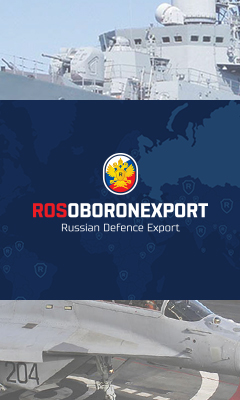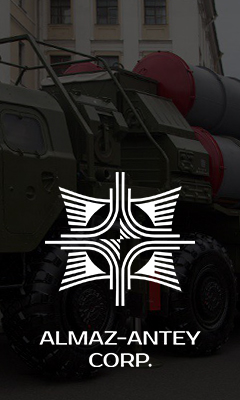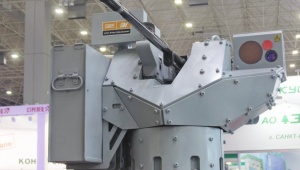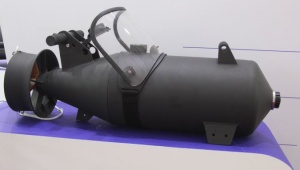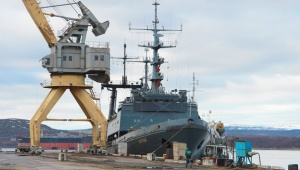In 2015, the Russian Navy obtained new submarines Stary Oskol and Krasnodar, the communication ship Yury Ivanov and the rescue ship Igor Belousov. The up-to-date frigate Admiral Grigorovich had completed the pre-commission state trials, and corvettes Zelyony Dol and Serpukhov started the same. On the other hand, some surface ships and nuclear-powered submarines that have enhanced combat capabilities spent the last year under overhaul and upgrading. In particular, the Zvezdochka shipyard alone is engaged in repairs of three multipurpose nuclear subs (Project 971) arrived at the yard late in 2014.
Renewal of the US Navy in the same period went on steadier because of simultaneous decommissioning of older ships and commissioning of identical new ones. Slight increase in the US Navy’s capability relating to the last-year figures was due to commissioning of two littoral combat ships (LCS).
An essential breakpoint in relative combat might of the Russian Navy comparing to the US one may happen after commissioning of surface ships and submarines scheduled in the Arms Procurement Program 2020. These are Project 11356 and Project 22350 frigates, Project 20380 and 20385 corvettes, Yasen-M and Borei-A class nuclear submarines. Re-commissioning of 3-generation subs after repair and modernization in the next few years will also contribute to combat capability of the Russian Navy, as well as handover of the new diesel electric subs (projects 636.3 and 677).
Russian Navy’s auxiliary fleet faces active development in the recent years, too. As of today, taking into account these vessels, ship lists of the both competitors are almost equal, even with a slender advantage of the Russian Navy.
Russian Navy Vs US Navy: Combat Capability Rating
Since 2007, the Central Navy Portal holds an annual independent analysis of composition and state of the world’s leading navies.
Combat capability herein is a summarized index of military parity indicating the balance between ships amount and combat might of the Russian Navy regarding the same characteristics of the world’s largest fleet, the US Navy. For comparative assessment of various classes of Russian and American naval ships, the experts offer provisional ‘weight’ coefficients.
Primary objective of the analysis is to determine development trend of the Russian Navy in relation to the largest potential opponent. Even in conditions of complexity, multidimensionality and protection of basic data, without credible absolute values, it is possible to identify the relative dynamics on the basis of sequential comparisons within a certain time interval, while expert assumptions remain unchanged by way of the coefficients. Find of the calculation procedure on the rating webpage.
The Central Navy Portal takes into account combat-ready warships, except for those in reserve, under long-term (over 3 years) repair or mothballed. Special-purpose ships and submarines are not considered either, including carriers of the last-year sensation, the Status-6 system. Only open-source materials were used.











